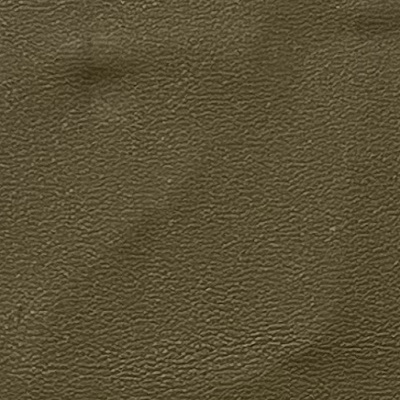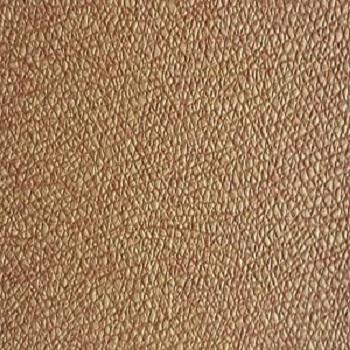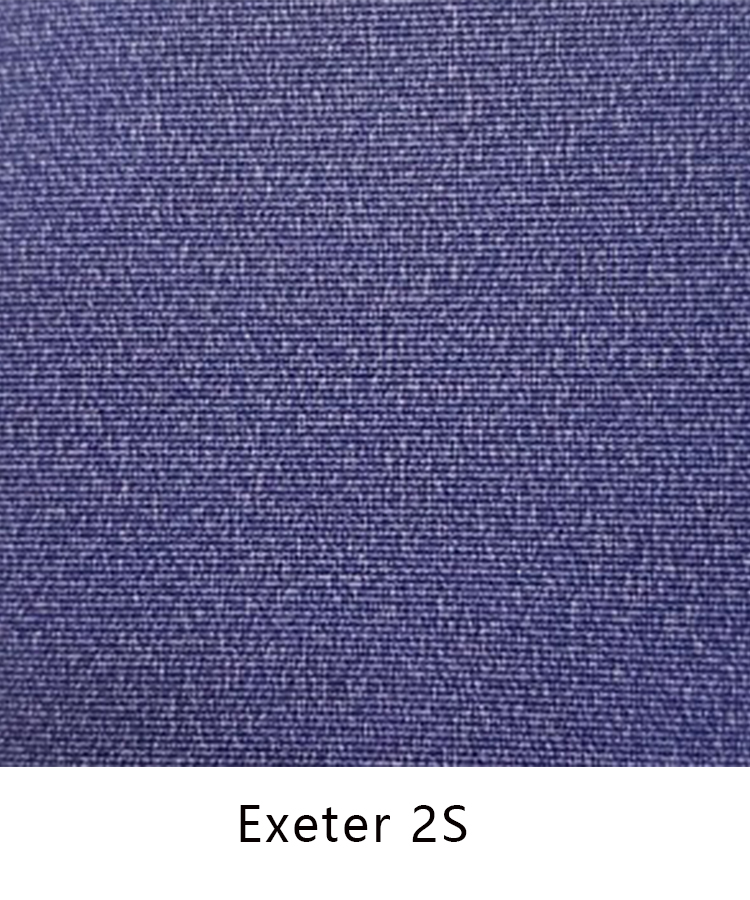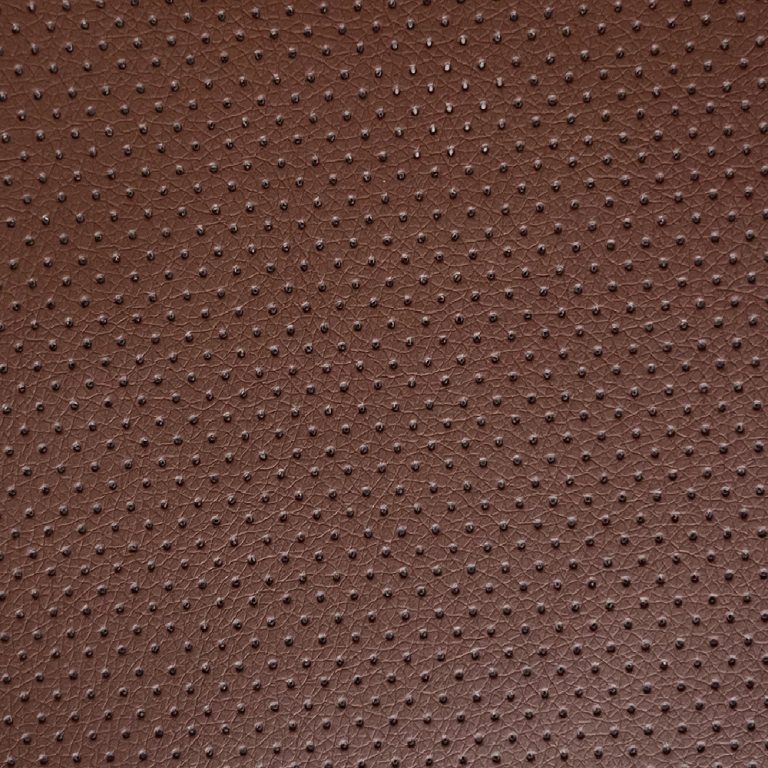Table of Contents
The Importance of Quality Materials: How to Choose the Right Lining for Your Shoe Manufacturing Business
When it comes to shoe manufacturing, every aspect matters, from the design to the materials used. One often overlooked yet crucial component is the lining of the shoe. The lining serves multiple purposes, including providing comfort, moisture-wicking properties, and structural support. As a shoe manufacturer, selecting the right lining material is essential for ensuring the quality and durability of your product.
| Product | Using |
| Shoe inner lining | Shoes,Bags, Clothes |
One of the primary considerations when choosing a lining material is its comfort. The lining is in direct contact with the wearer’s foot, so it must be soft, breathable, and non-irritating. Materials such as leather, fabric, and certain types of synthetic fibers are popular choices for lining due to their comfort properties. Leather linings, in particular, are highly regarded for their luxurious feel and ability to conform to the shape of the foot over time, providing a custom fit.
In addition to comfort, the lining material should also possess moisture-wicking properties to keep the foot dry and comfortable throughout the day. Moisture buildup inside the shoe can lead to discomfort, odor, and even fungal infections. Linings made from moisture-wicking fabrics such as polyester blends or natural materials like bamboo offer superior moisture management, helping to keep the foot dry and prevent bacterial growth.
Another important factor to consider when selecting a lining material is its durability. The lining undergoes significant wear and tear from repeated use, friction, and moisture exposure. Therefore, it is crucial to choose a material that can withstand these challenges and maintain its integrity over time. Leather linings are known for their durability and longevity, making them an excellent choice for high-quality footwear. However, certain synthetic materials, such as nylon or polyester, can also offer durability and abrasion resistance.
Furthermore, the lining material should complement the overall design and construction of the shoe. It should be flexible enough to accommodate movement and foot shape variations while providing adequate support and stability. Additionally, the color and texture of the lining can contribute to the aesthetic appeal of the shoe, enhancing its overall look and feel.
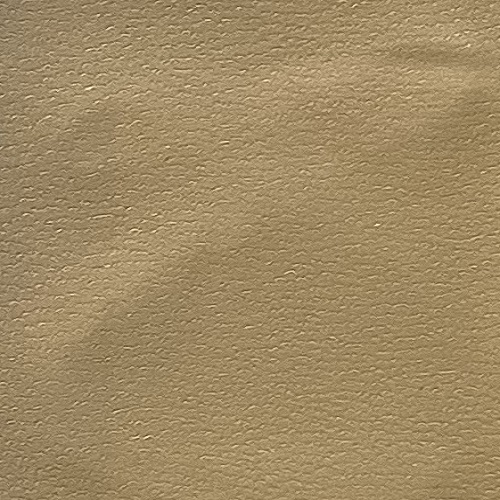
When sourcing lining materials for your shoe manufacturing business, it is essential to partner with a reputable supplier that offers quality materials. Conduct thorough research and inquire about the specifications, performance characteristics, and certifications of the lining materials available. Request samples to evaluate the look, feel, and performance of the materials firsthand.
In conclusion, the lining plays a vital role in the comfort, performance, and durability of footwear. Choosing the right lining material is essential for ensuring the quality and success of your shoe manufacturing business. Consider factors such as comfort, moisture-wicking properties, durability, and aesthetic appeal when selecting lining materials. Partnering with a reliable supplier that offers high-quality materials can help you achieve the desired results and produce footwear that meets the expectations of your customers.
Streamlining Your Supply Chain: Tips for Finding Reliable Lining Shoe Suppliers
In the competitive landscape of the footwear industry, the reliability and quality of your supply chain can make or break your business. As manufacturers strive to meet the demands of consumers while maintaining cost-efficiency, finding reliable suppliers becomes paramount. Among the crucial components of footwear production is the lining material, which not only contributes to the comfort and durability of the shoes but also reflects the brand’s commitment to quality. In this article, we delve into the importance of lining shoe suppliers and provide tips for streamlining your supply chain to ensure reliability and efficiency.
First and foremost, understanding the significance of selecting a reputable lining shoe supplier is essential. The lining material plays a vital role in determining the overall comfort and performance of the footwear. Whether it’s providing moisture-wicking properties, enhancing breathability, or adding a plush feel, the lining can significantly influence the consumer’s experience with the product. Therefore, partnering with a supplier that delivers consistent quality is paramount to maintaining customer satisfaction and brand reputation.
When embarking on the search for a lining shoe supplier, it’s crucial to prioritize reliability and consistency. A reliable supplier will not only meet your quality standards but also adhere to agreed-upon timelines and quantities. This reliability is essential for maintaining smooth production processes and meeting customer demand without delays or disruptions. Additionally, consistent quality ensures that each pair of shoes meets the brand’s standards, reinforcing its reputation for excellence.
One of the key factors to consider when evaluating potential lining shoe suppliers is their manufacturing capabilities and expertise. Look for suppliers with a proven track record in producing high-quality lining materials for footwear. Assess their production facilities, technological capabilities, and quality control measures to ensure they can meet your specific requirements. Additionally, inquire about their experience working with other footwear brands and their understanding of industry trends and regulations.
In addition to quality and reliability, cost-efficiency is another critical aspect to consider when selecting a lining shoe supplier. While it may be tempting to opt for the lowest-priced option, it’s essential to balance cost with quality and reliability. A supplier offering rock-bottom prices may cut corners in production or compromise on material quality, ultimately impacting the integrity of your product. Instead, look for suppliers that offer competitive pricing while maintaining high standards of quality and service.
Streamlining your supply chain involves more than just finding the right suppliers—it also requires effective communication and collaboration. Establish clear lines of communication with your chosen supplier to ensure mutual understanding of expectations, specifications, and deadlines. Regularly communicate your production forecasts and any changes in demand to help your supplier plan and allocate resources accordingly. Additionally, fostering a collaborative relationship can facilitate problem-solving and innovation, leading to continuous improvement and mutual success.
Furthermore, diversifying your supplier base can help mitigate risks and enhance flexibility in your supply chain. Relying on a single supplier for lining materials leaves your business vulnerable to disruptions such as production delays, quality issues, or unforeseen events. By working with multiple suppliers, you can spread risk across different sources and regions, reducing the impact of any potential disruptions.

In conclusion, finding reliable lining shoe suppliers is essential for streamlining your supply chain and ensuring the quality, reliability, and cost-efficiency of your footwear production. Prioritize suppliers that offer consistent quality, reliability, and cost-efficiency, and foster collaborative relationships to drive mutual success. By taking these steps, you can build a resilient and efficient supply chain that supports your brand’s growth and success in the competitive footwear market.

